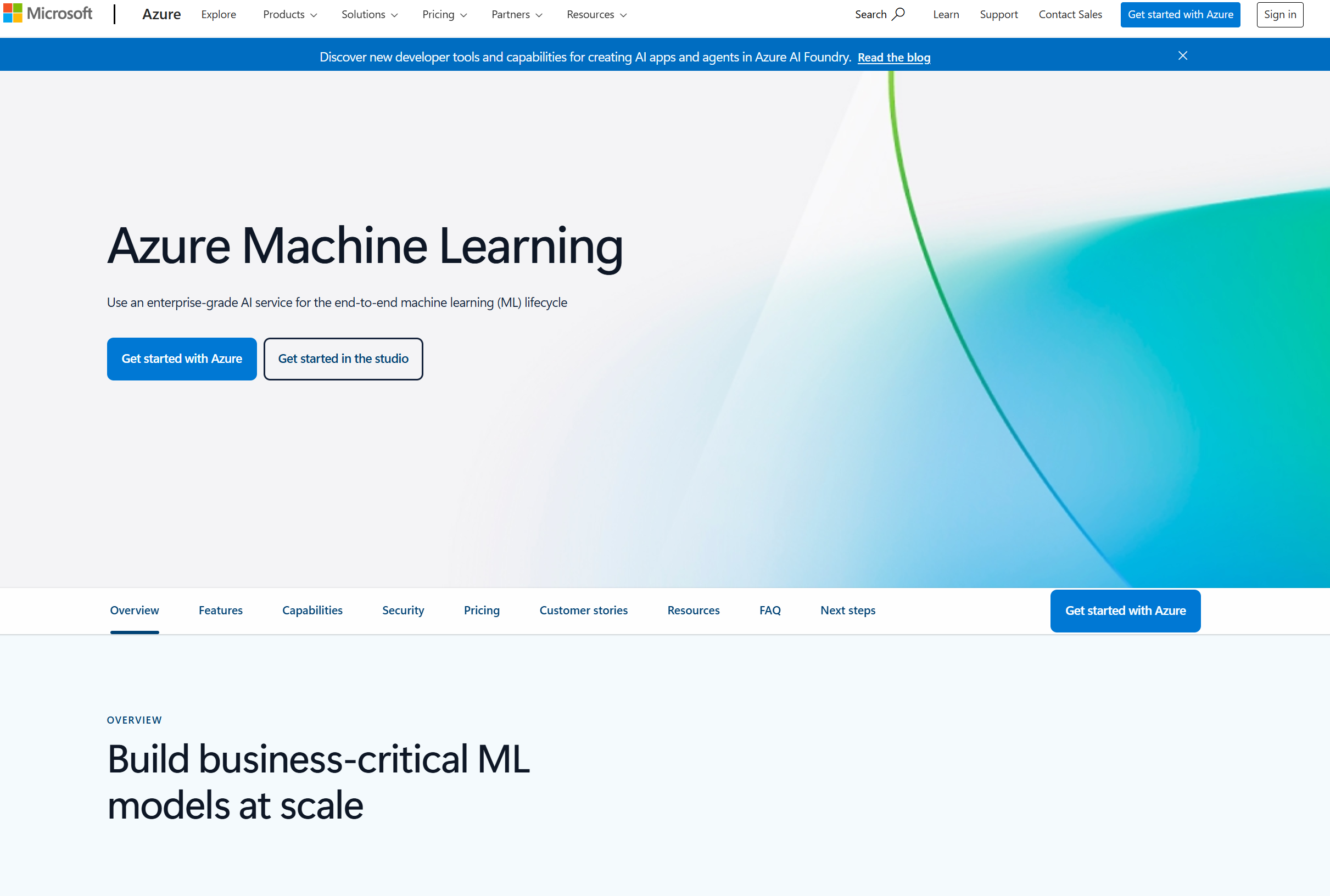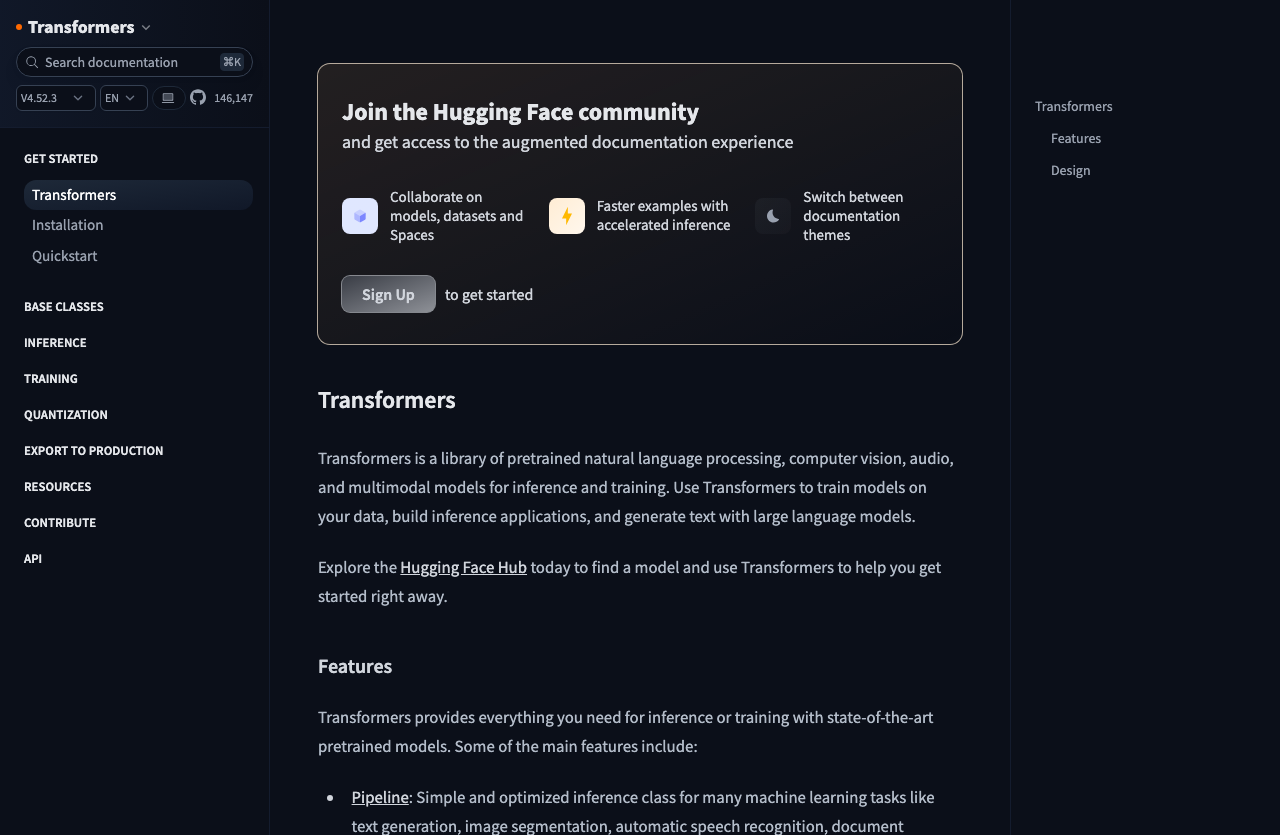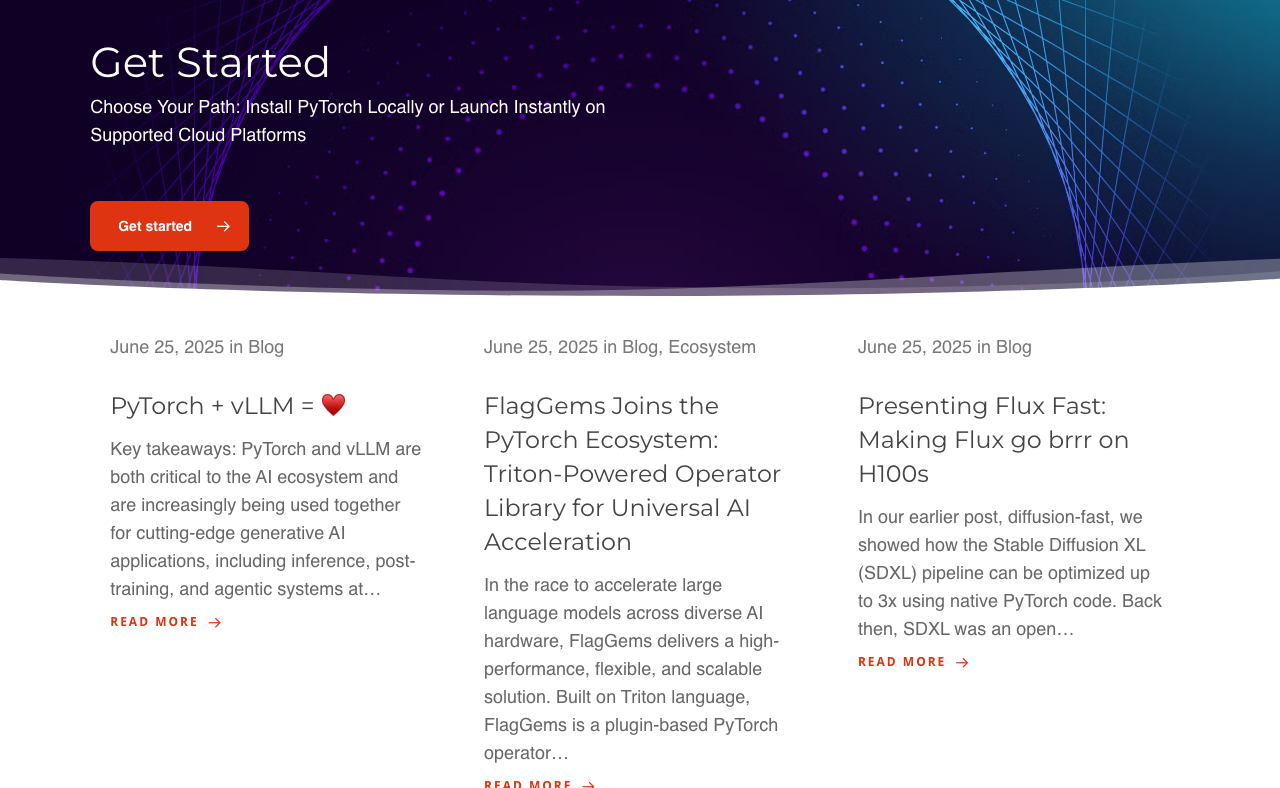A curated list of 842 AI tools designed to meet the unique challenges and accelerate the workflows of Scientists.

Your AI assistant for conversation, research, and productivity—now with apps and advanced voice features.

Your everyday Google AI assistant for creativity, research, and productivity

Accurate answers, powered by AI.

Open-weight, efficient AI models for advanced reasoning and research.

Your cosmic AI guide for real-time discovery and creation

Unified AI and cloud for every enterprise: models, agents, infrastructure, and scale.

Your trusted AI collaborator for coding, research, productivity, and enterprise challenges

Start building with Gemini: the fastest way to experiment and create with Google's latest AI models.

Democratizing good machine learning, one commit at a time.

Enterprise-grade AI for the entire machine learning lifecycle

Models for text, vision, audio, and beyond—state-of-the-art AI for everyone.

Flexible, Fast, and Open Deep Learning
Build systematic literature reviews by clustering papers, extracting key findings, and identifying gaps. Automate data cleaning, outlier detection, and statistical analysis pipelines for lab results. Translate natural language hypotheses into simulation scripts or experiment protocols. Summarize experimental logs into figures and narratives suitable for publication drafts.
Support for scientific file formats (CSV, HDF5, FASTA, microscopy images) and domain ontologies. Audit trails that capture datasets, parameters, and versions for reproducibility. Compliance with institutional review boards, HIPAA/GDPR, or grant data management plans. Ability to export artifacts into Jupyter, RStudio, or lab information management systems.
Yes—many vendors offer free tiers or generous trials. Confirm usage limits, export rights, and upgrade triggers so you can scale without hidden costs.
Normalize plans to your usage, including seats, limits, overages, required add-ons, and support tiers. Capture implementation and training costs so your business case reflects the full investment.
AI hallucinations when summarizing complex studies. Favor tools that cite sources, highlight uncertainty, and allow quick cross-checks against original PDFs or datasets. Data provenance issues when combining public datasets with proprietary lab results. Use platforms with lineage tracking, access controls, and clear licensing metadata. Resistance from peer reviewers wary of AI-generated content. Maintain human oversight—use AI for drafts but have researchers verify every claim and keep lab notebooks AI-augmented rather than AI-authored.
Start by automating tedious steps—citation gathering, figure generation, or exploratory statistics. Once teams trust the outputs, integrate AI into protocol design and ongoing monitoring. Pair scientists with data engineers to productionize successful pipelines.
Time spent on literature review and data preparation. Number of experiments run per quarter with reproducible documentation. Grant or publication throughput attributable to AI-assisted workflows. Reduction in manual errors or retractions due to poor data hygiene.
Use embeddings to build a private discovery portal that links lab notes, datasets, and publications, giving your team a personalized semantic search engine.
Researchers need AI that can ingest literature, crunch data, and surface reproducible insights. The right toolkit speeds the journey from hypothesis to peer-reviewed findings while preserving scientific rigor.
Research output doubles every few years. Without AI, staying current requires unsustainable manual screening. AI literature miners, automated statistics, and lab notebook assistants help teams validate hypotheses faster and share results confidently.
Use this checklist when evaluating new platforms so every trial aligns with your workflow, governance, and budget realities:
Start by automating tedious steps—citation gathering, figure generation, or exploratory statistics. Once teams trust the outputs, integrate AI into protocol design and ongoing monitoring. Pair scientists with data engineers to productionize successful pipelines.
Use embeddings to build a private discovery portal that links lab notes, datasets, and publications, giving your team a personalized semantic search engine.